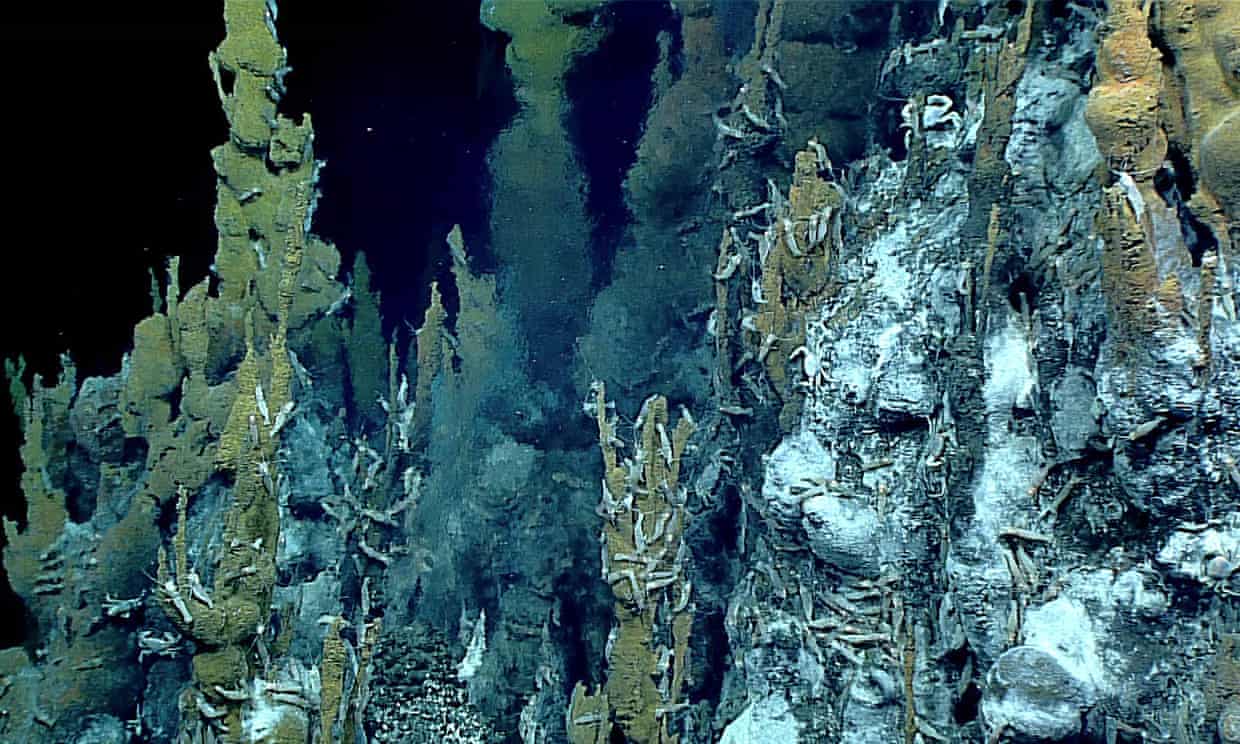
Almost two-thirds of the hundreds of mollusc species that live in the deep sea are at risk of extinction, according to a new study that rings another alarm bell over the impact on biodiversity of mining the seabed.
More than 80% of the ocean remains unmapped, unobserved and unexplored, and there is increasing opposition to deep-sea mining from governments, civil society groups and scientists, who say loss of biodiversity is inevitable, and likely to be permanent if it goes ahead.
The International Seabed Authority (ISA), a UN body, is meeting in Kingston, Jamaica, to agree a route for finalising regulations by July 2023 that would allow the undersea mining of cobalt, nickel and other metals to go ahead.
“The species we studied are extremely reliant on the unique ecosystem of hydrothermal vents for their survival,” said Elin Thomas, the lead researcher. “If deep-sea mining companies want all the metals that form at the vents, they would remove all the habitat that the vent species come from. But the species have nowhere else to go.”
There are at least 600 known hydrothermal vents worldwide, at depths of 2,000-4,000 metres, and each are roughly a third of the size of a football pitch. They act as natural plumbing systems, transporting heat and chemicals from the Earth’s interior in massive geysers, and they also help regulate ocean chemistry. In doing so, vast – and valuable – mineral deposits accumulate at the fissures. The heat from them, on the otherwise cold seabed, also makes them biodiversity hotspots, akin to coral reefs or tropical rainforests.
The extinction threat was worst in the Indian Ocean, where every species was listed as threatened and 60% as critically endangered, and where many mining exploration licences have been issued by the ISA.